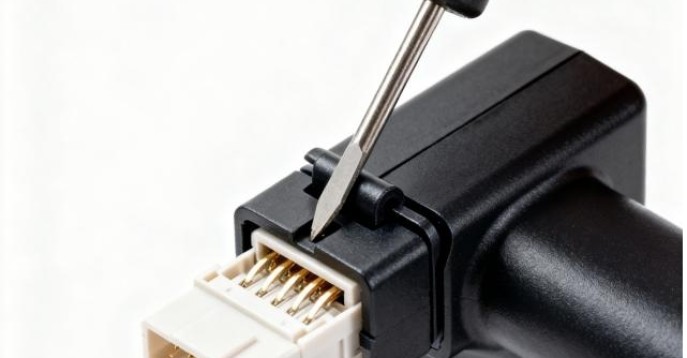Silicone wire and rubber wire are easily mistaken for the same type of wire, but there are big differences in performance and material between the two.
Silicone (Silica) wire uses silicone rubber (Rubber) as an insulating material, and silicone rubber is a one-component room temperature vulcanized liquid rubber. The manufacture of low temperature resistant cables, wires and cables uses special production equipment with the process characteristics of this industry to adapt to the structure and performance requirements of cable products, and to meet the requirements of large-length continuous and high-speed production as much as possible, thus forming a series of special equipment for cable manufacturing.
Such as extruder series, wire drawing machine series, stranding machine series, wrapping machine series, etc. Once exposed to air, the silane monomers in it condense to form a network structure, the system is cross-linked, cannot be melted and dissolved, is elastic, becomes rubbery, and adheres to objects at the same time. Its thermal conductivity is slightly higher than that of regular rubber, and once cured, it is difficult to separate bonded objects.
The insulating material of the rubber wire is rubber, which is a highly elastic polymer compound. The manufacturing process of spiral cable wire and cable and the development of special equipment are closely related and promote each other. The new process requirements promote the generation and development of new special equipment; in turn, the development of new special equipment improves the promotion and application of new processes. Special equipment such as wire drawing, annealing, extrusion series lines; physical foaming production lines, etc., promote the development and improvement of wire and cable manufacturing processes, and improve the product quality and production efficiency of cables. Includes unvulcanized and vulcanized varieties. It can be divided into two categories: natural rubber and synthetic rubber. Natural rubber is processed from latex obtained from rubber plants. Synthetic rubber is obtained by polymerization or polycondensation of monomers. Unvulcanized rubber is commonly known as raw rubber or raw rubber. The vulcanized rubber is called vulcanized rubber, commonly known as cooked rubber or rubber. Widely used in the manufacture of tires, hoses, tapes, insulating materials, rubber shoes, and other rubber products.
Rubber (Rubber) wire has strong flexibility, sun protection, water resistance, oil resistance, temperature resistance (90 degrees), cold resistance (-40 degrees), anti-ultraviolet rays (UV), anti-aging, and prevent burning. The life expectancy is generally at least ten or eight years. It is suitable for outdoor lighting and household appliances with a little heat. The epidermis is rough, not smooth, such as nubuck. The main feature of silicon glue line is high temperature resistance, up to 180 degrees, low temperature resistance up to -65 degrees, smooth skin, very soft wire quality. Suitable for use on products with high heat generation, most of them are used inside products, (automotive lighting, high-power (referring to the amount of work done by an object in a unit time) (High-power) lighting, medical machinery) are used.














